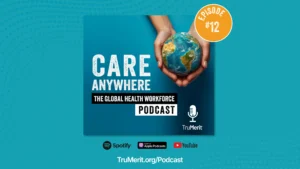What the US Needs to Shift $250 Billion Towards Virtual Healthcare
Even as COVID challenged the world’s healthcare infrastructures, one of the silver lining stories of last year was the accelerated rise of telehealth and how effectively healthcare professionals were able to work with their clients remotely by leveraging these telemedicine tools.
While it’s unlikely we should expect a radical shift of all of healthcare to a virtual format, there are estimates, including by consulting giant McKinsey, that predict that up to $250 billion in US healthcare spending could be shifted to virtual care. And even though adoption wasn’t universal, according to February studies from Health Affairs, these numbers have a leg to stand on.
Adoption of telehealth led to practices like endocrinology, gastroenterology, neurology and pain management frequently using these remote services, ranging from 50% to 68% of respondents in those practices having used the service at least once during COVID.
We spoke with the CEO of digital health company InfoBionic, Stuart Long, on some of the ways telehealth may have actually improved the care experience for both providers and patients, as wall as having Long recap of the main learning lessons that telehealth’s COVID acceleration taught the industry.
Follow us on social media for the latest updates in B2B!
Twitter – @MarketScale
Facebook – facebook.com/marketscale
LinkedIn – linkedin.com/company/marketscale








